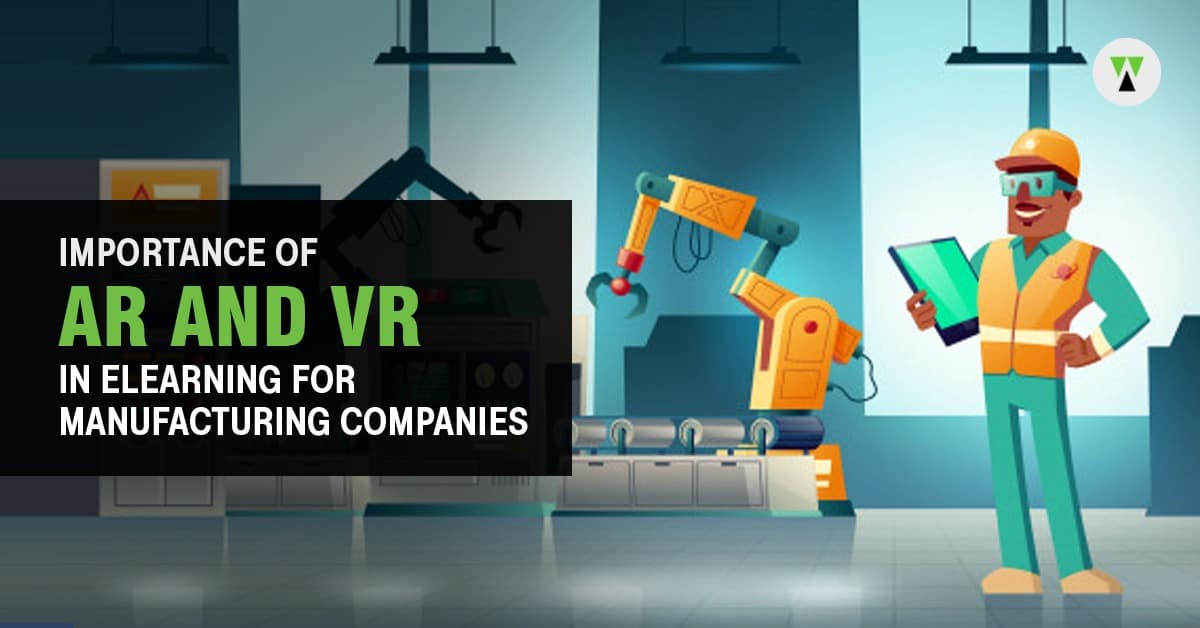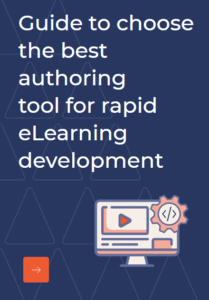We have watched this on-screen over hundred times (movies/games), the display screen with a red target circle and other parameters in the cockpits of fighter planes, the 3D holographic structures that pop up and move according to hand gestures and so on. The popular ways in which Augmented reality has often been showcased. The fictional adaptations of Augmented Reality (AR) and Virtual Reality (VR), often highlight its positive influence in designing, special modeling, etc. aspects that are quite important in manufacturing too. Car manufacturers, such as General Motors and Ford, are now using VR to test design plans, tolerances, and safety features in virtual environments to ensure their products are evaluated at a very early phase of the process, thereby reducing the time and costs.
When it comes to training in manufacturing companies, machine designs, product designs, plant layouts, safety instructions, and many other aspects require a virtual space for learning for making the concepts clearer and ensuring that the employees work without major mishaps. This is where AR and VR for eLearning in Manufacturing companies come in.
So, what makes AR and VR important in eLearning for Manufacturing?
- Skilled Workforce
While there isn’t any shortage in the availability of labor, skilled labor is a scarce resource within the manufacturing industry. With new technologies invading the manufacturing space, automation and advanced machinery included, it is imperative to have a workforce skilled enough to handle the equipment requirements. While patching the skill gaps is an essential objective of eLearning, creating a pool of skilled employees may require a bit more than simple training modules. This calls for effective training with the use of AR and VR in eLearning to assist in delivering the much needed 360-degree learning experience and to create a pool of talented-skilled workforce.
- Increased Learner Engagement
eLearning is constantly evolving mostly in accordance with the learners. In recent times use of AR and VR in eLearning has been a sought-out method to give learners an immersive and engaging learning experience. Training in manufacturing requires an understanding of complex technologies and about many best practices which on paper may seem complex and boring to a certain extent. The use of AR and VR in eLearning can not just allow the learners to learn in an explorative experiment, but with greater engagement and hence an improved learning curve and learning retention.
- Hands-on Learning
eLearning in manufacturing must essentially focus on kinesthetic learning, an approach that involves physical activity to improve knowledge assimilation and retention. AR and VR are good mediums to incorporate such learning models. The non-conventional approach allows learners to experiment in a virtual environment without getting in harm’s way. Thus, learners can immerse themselves in situations and take action, instead of learning just through observation.
- On-Job Support
AR and VR can increase the quality and effectiveness of on-job-trainings. It can be used to cover a wide range of topics that are complex, repetitive and require high precision. Be it assembling, maintenance, or troubleshooting, the use of VR and AR-based eLearning can give the learners a spatial representation of the highly complex machinery they have to handle.
- Improved Quality
AR and VR offer superior learning environments and without compromising on the quality of learning as well as performance. The 3D view offered by AR and VR technology can be utilized to give learners step-by-step instructions on complex assembly, an inspection of machinery to ensure error-free processing and manufacturing as well as flawless testing, better quality assurance etc.
With the commercial availability of VR lenses, Microsoft HoloLens augmented reality glasses etc. training in manufacturing companies can be done seamlessly, without incurring large overhead costs in terms of equipment. The VR and AR versions of eLearning offer hands-free guidance making learning quicker and easier. Moreover, AR and VR simulations, gamification etc. are great ways to train the employees and make them aware about the safety issues and experience various operational scenarios too.
Wondering how to utilize AR and VR in eLearning? Get in touch and we can discuss the possibilities.



